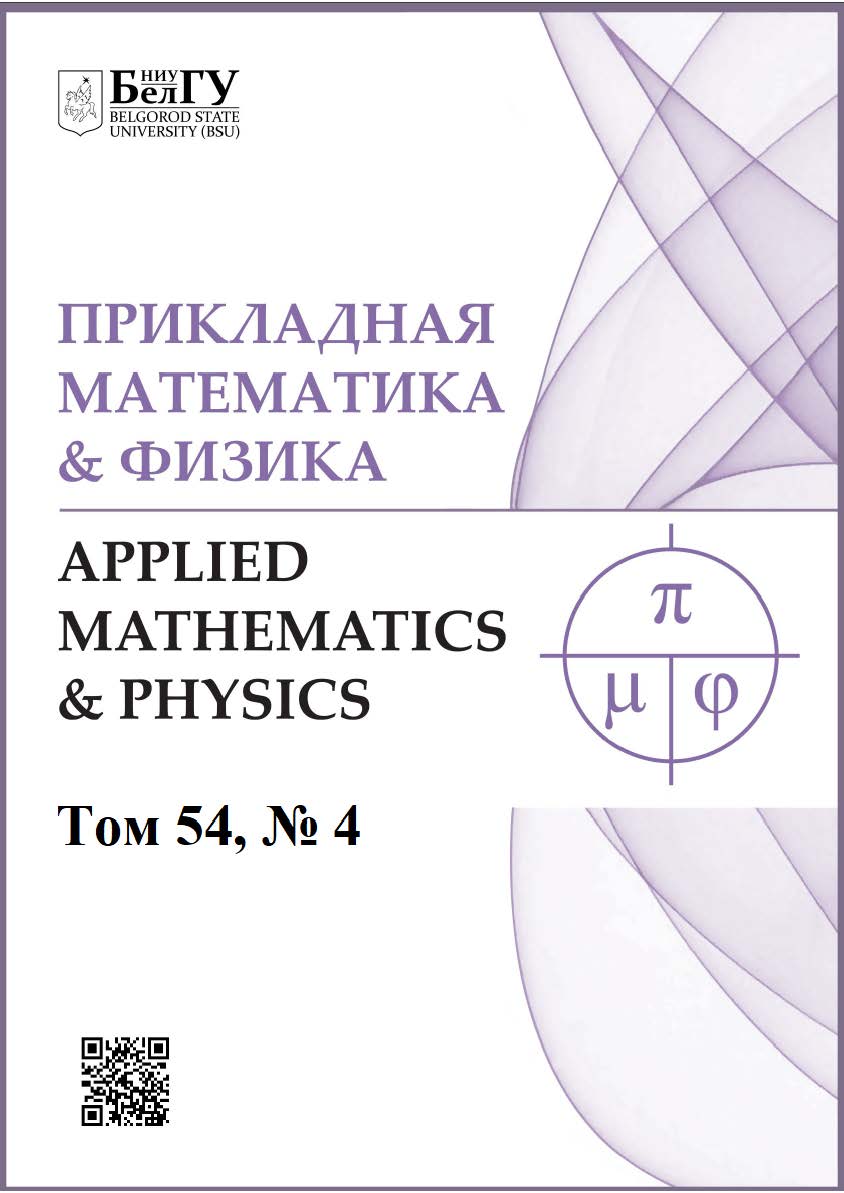Qualitative features of the transition radiation from slow particles vs fast ones
DOI:
https://doi.org/10.52575/2687-0959-2022-54-4-242-251Keywords:
transition radiation, fast particles, slow particles, high energy, low energy, detector, beam monitoringAbstract
Transition radiation arises while the charged particle crosses the interface between two media with different electromagnetic properties, e.g. the boubdary between vacuum and the conductor in the simplest case. The interest to the transition radiation is due to its yield rapidly increases with the particle’s enegy rise. Since that, the main accent in researches and practical use is paid to the radiation from the high enegy particles. This forms among the researches the specific intuitive picture concerning the radiation peculiarities, which could be not valid in the general case. The present article systematically studies the characteristics (both the spectral-angular density and the polarization) of the transition radiation under oblique incidence of the particle on the conducting plane. The genesis of differences of that characteristics in the case of slow (slightly relativistic and non-relativistic) particles from the intuitively expectable ones for the ultrarelativistic particles is clearly traced out.
Downloads
References
Аббасов И. И., Болотовский Б. М., Давыдов В. А. 1986. Высокочастотная асимптотика спектра излучения движущихся заряженных частиц в классической электродинамике. УФН, 149(4): 709–722. DOI: 10.3367/UFNr.0149.198608f.0709
Ахиезер А. И., Шульга Н. Ф. 1993. Электродинамика высоких энергий в веществе. М., Наука, 344.
Гинзбург В. Л. 1987. Теоретическая физика и астрофизика. М., Наука, 488.
Гинзбург В. Л., Франк И. М. 1946. Излучение равномерно движущегося электрона, возникающее при его переходе из одной среды в другую. ЖЭТФ, 16(1): 15–28.
Гинзбург В. Л., Цытович В. Н. 1984. Переходное излучение и переходное рассеяние (некоторые вопросы теории). М., Наука, 360.
Денисов С. П. 2007. Переходное излучение: научное значение и практическое применение в физике высоких энергий. УФН, 177(4): 394–396. DOI: 10.3367/UFNr.0177.200704g.0394
Ландау Л. Д., Лифшиц Е. М. 1988. Теоретическая физика. Т. 2. Теория поля. М., Наука, 512.
Ландау Л. Д., Лифшиц Е. М. 1992. Теоретическая физика. Т. 8. Электродинамика сплошных сред. М., Наука, 1992, 664.
Левич В. Г. 1969. Курс теоретической физики. Том 1. М., Наука, 912.
Рязанов М. И. 1984. Электродинамика конденсированного вещества. М., Наука, 304.
Сыщенко В. В. 2020. Электродинамика для начинающих. М.–Ижевск, Регулярная и хаотическая динамика, 356.
Тер-Микаелян М. Л. 1969. Влияние среды на электромагнитные процессы при высоких энергиях. Ереван, Издательство АН АрмССР, 457.
Jackson J.D. 1999. Classical electrodynamics. New York, Wiley, 808.
Singh R., Reichert T. 2022. Longitudinal charge distribution measurement of nonrelativistic ion beams using coherent transition radiation, Phys. Rev. Accelerators and Beams 25: 032801. DOI: 10.1103/PhysRevAccelBeams.25.032801
Singh R., Reichert T.,Walasek-Hoehne B. 2022. Optical transition radiation based transverse beam diagnostics for nonrelativistic ion beams, Phys. Rev. Accelerators and Beams 25: 072801. DOI: 10.1103/PhysRevAccelBeams.25.072801
Abstract views: 306
##submission.share##
Published
How to Cite
Issue
Section
Copyright (c) 2022 Applied Mathematics & Physics

This work is licensed under a Creative Commons Attribution 4.0 International License.





